To combat the spread of counterfeit religious artifacts, experts are compiling an inventory of fake Torahs, Bibles and similar materials to aid future identification efforts.
Seized artifacts from historical fraud operations across Türkiye will be examined by specialists at the Konya Regional Manuscripts Directorate in collaboration with Necmettin Erbakan University (NEU).
Associate professor Ilker Mete Mimiroğlu, head of NEU’s Department of Early Christian and Byzantine Arts, told Anadolu Agency (AA) that their work with the directorate aims to establish a valuable database for detecting forgeries.
Mimiroğlu pointed out that fraudsters do not hesitate to use precious metals, such as gold or silver, to increase their credibility.
“We see metal cases, embellishments with precious stones and ornate decorations. Sometimes, carvings are so heavy that they reach the size of a stone chest,” he noted.
Mimiroğlu added that leather is extensively used in bindings and pages, and there are many legends about Bibles written on gazelle skin or parchment.
“To make fake artifacts appear older, they are often left in sewage, animal waste or soil for months or even years to create oxidation,” explained the professor.
He said they had even identified cases where the book covers were original, but the inside pages were fake.
The expert said, “Any technique that is possible within the limits of craftsmanship has been used.” Next, Mimiroğlu described the process of the ongoing examination.
“We are creating 3D models of the materials, producing their digital twins. We are studying and analyzing the illustrated parts and the bindings, as well as scanning them in high quality. The plan is to analyze the pigments used with different methods,” he said.
He informed me that the project might take several weeks. However, according to him, this study will help tremendously in comparing real and fake items, especially those produced due to high prices.
Konya Regional Manuscripts Director Bekir Şahin added that currently, they have 32 pieces in the forgery collection.
“New items continue to arrive from various sources. The Manuscripts Institution of Türkiye is one of the most specialized and significant organizations dealing with manuscripts in the country. Along with the collections in Istanbul, we have assembled a substantial archive,” stated Sahin.

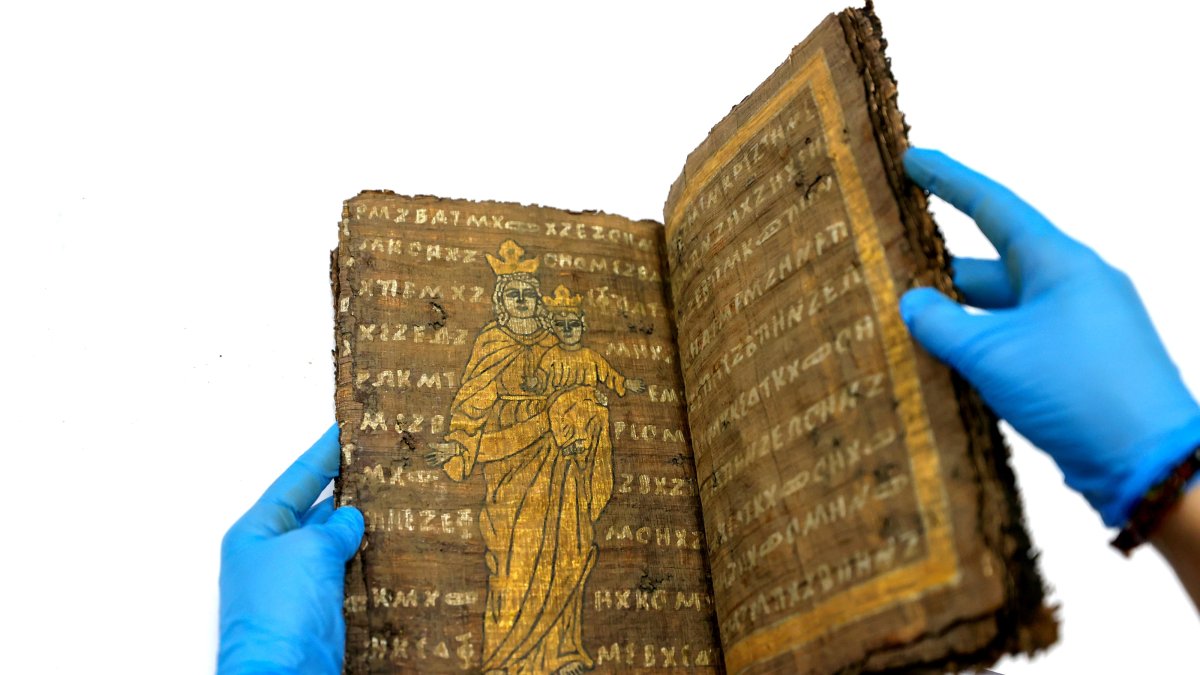









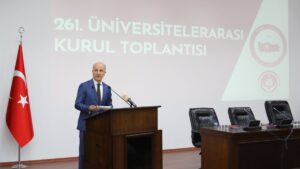
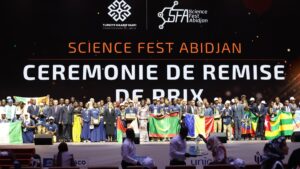



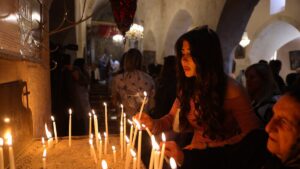


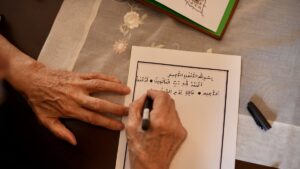

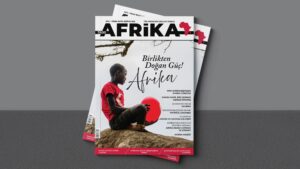

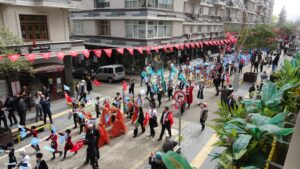


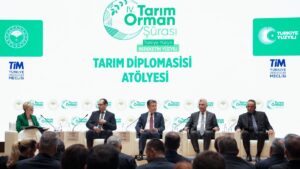
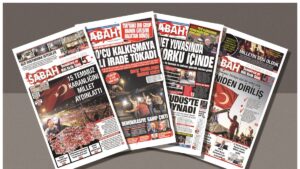
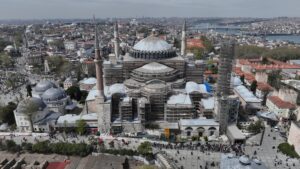


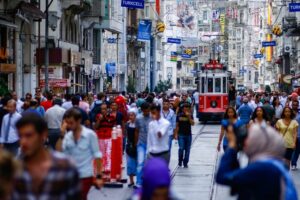
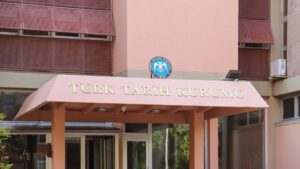


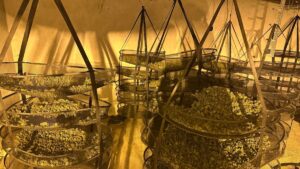

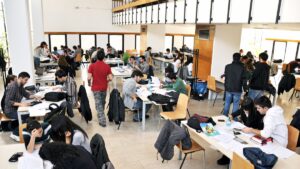

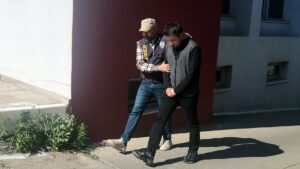

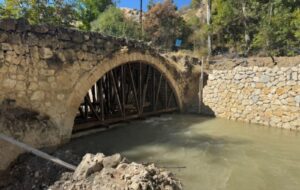





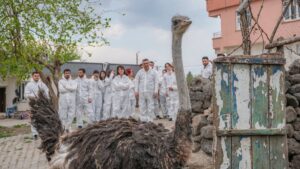
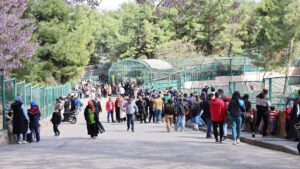



Be First to Comment